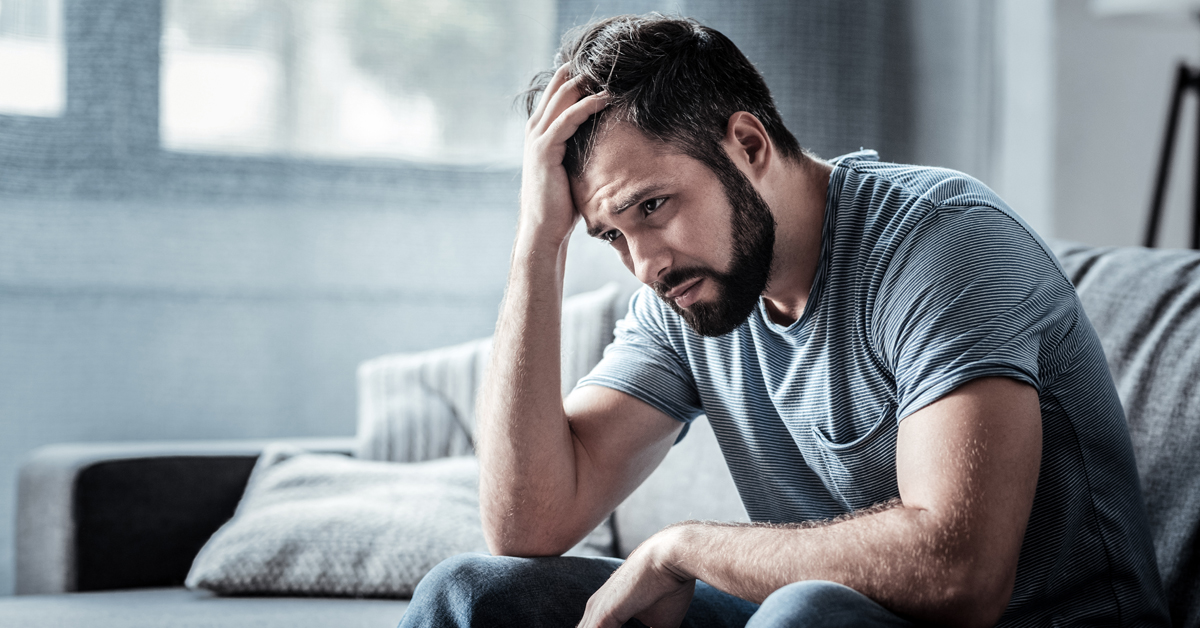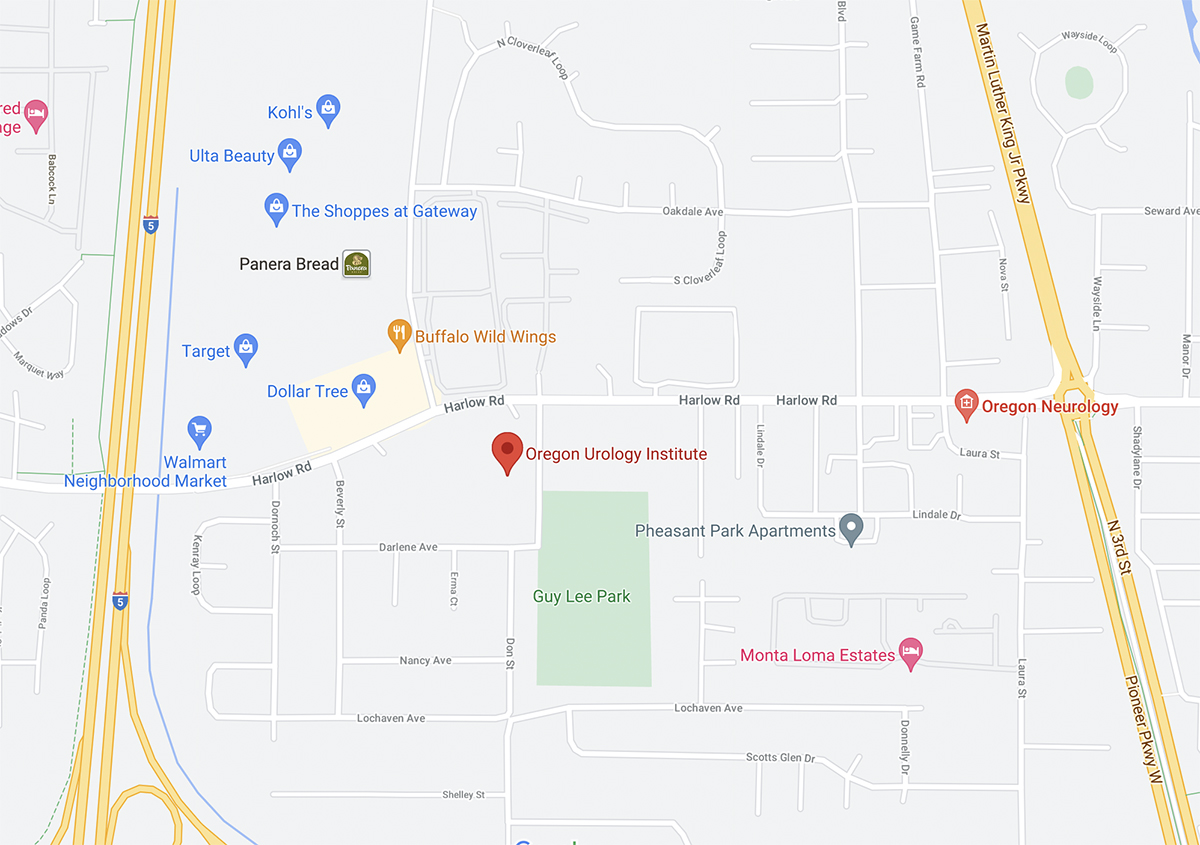LOW TESTOSTERONE

Testosterone is an important hormone in the human body. While both males and females produce testosterone, it’s made in much higher quantities in males, primarily in the testicles. It plays a key role in developing male physical characteristics during puberty, such as:
- Increased muscle mass
- Deeper voice
- Growth of body and facial hair
Testosterone is crucial for maintaining muscle mass, bone density, and libido throughout adulthood. It also influences mood and energy levels. For this reason, imbalances in this hormone can lead to physical and mental health challenges.


WHAT IS LOW TESTOSTERONE?
Low testosterone, commonly referred to as Low T or hypogonadism, is a condition in which the body produces insufficient testosterone. Low T is defined as testosterone levels below 300 nanograms per deciliter (ng/dL).
WHAT CAUSES LOW T?
A variety of factors can cause low testosterone. Understanding the causes is necessary for identifying and addressing low testosterone effectively.
Primary Hypogonadism
Primary hypogonadism is a condition where the testicles fail to produce enough testosterone, even though the brain is sending strong signals (through hormones called LH and FSH) to do so. Essentially, the testicles are not responding correctly, resulting in low testosterone levels. There are several reasons why this may happen, including:
- Genetic factors. Conditions like Klinefelter syndrome, where an individual is born with an extra X chromosome, and Noonan syndrome, which can cause delayed puberty.
- Injury or infection. Damage to the testicles or infections can reduce testosterone levels.
- Chemotherapy or radiation. Cancer treatments can harm the testicles’ ability to produce testosterone.
- Congenital conditions. Cryptorchidism (undescended testicles) and anorchia (absence of testicles at birth) can lead to decreased testosterone production.
Secondary Hypogonadism
Secondary hypogonadism, medically known as hypogonadotropic hypogonadism, is a condition where the testes fail to produce enough testosterone due to a problem with the hypothalamus or pituitary gland. These parts of the brain are responsible for signaling the testes to produce testosterone. Possible reasons include:
- Brain or head injury affecting the hypothalamus or pituitary gland.
- Chronic diseases such as type 2 diabetes.
- Certain medications, including opioids and steroids.
- Hormonal disorders that can suppress testosterone production.
WHAT ARE THE SYMPTOMS OF LOW TESTOSTERONE?
The symptoms of low testosterone can vary widely and may include:
- Persistent tiredness and lack of energy
- Reduced interest in sexual activities
- Difficulty achieving or maintaining an erection
- Increased irritability, depression, or anxiety
- Decrease in muscle strength and mass
- Increased body fat
- Low bone density and osteoporosis
- Hair loss
- Memory and cognitive issues
HOW IS LOW TESTOSTERONE DIAGNOSED?
Your doctor will review your symptoms and medical history and conduct a physical examination.
Your doctor will also order a blood test to measure testosterone levels. It’s typically performed in the morning when levels are highest. A total testosterone level below 300 ng/dL usually indicates you have low T.
Further tests may be conducted to determine the underlying cause of low T, such as measuring levels of luteinizing hormone (LH) and follicle-stimulating hormone (FSH), which regulate testosterone production.
WHAT CAN I DO TO IMPROVE LOW TESTOSTERONE LEVELS?
Certain lifestyle changes can help boost testosterone levels naturally.
- Engaging in strength training and high-intensity interval training (HIIT) can be particularly effective in increasing testosterone levels.
- Eating a balanced diet rich in lean proteins, healthy fats, and complex carbohydrates supports hormone production.
- Maintaining a healthy weight can improve testosterone levels, as obesity is linked to lower testosterone.
- Reduce stress with practices like meditation, yoga, and deep-breathing exercises. Chronic stress elevates cortisol, which can negatively impact testosterone production.
- Aiming for 7-9 hours of quality sleep per night, as sleep is crucial for hormone regulation.
- Limiting alcohol and avoiding smoking as these can lower testosterone levels.
MEDICAL INTERVENTIONS FOR LOW TESTOSTERONE
If lifestyle changes are not enough, medical treatments may be necessary. The first step is addressing and managing chronic diseases like diabetes and obesity, which can improve testosterone levels.
Testosterone Replacement Therapy (TRT)
TRT is a treatment used to restore normal testosterone levels in men with low testosterone. TRT can help alleviate symptoms such as fatigue, low sex drive, erectile dysfunction, and loss of muscle mass. Common methods of administering TRT include:
- Injections. Testosterone can be injected directly into the muscles. Common forms include testosterone cypionate and testosterone enanthate, which are typically administered every one to two weeks. Testosterone undecanoate is another injectable form given every ten weeks, but due to potential side effects, it must be administered in a healthcare setting.
- Patches. Testosterone patches, such as Androderm, are applied to the skin daily. They deliver a steady amount of testosterone through the skin. Patches are usually applied to the thighs or torso and can cause skin irritation.
- Gels. Gels like AndroGel are applied daily and absorbed through the skin, usually on the upper arms, shoulders, or thighs.
- Implantable pellets. Testosterone pellets are surgically implanted under the skin, typically in the buttocks or abdomen. These pellets release testosterone slowly and can last for three to six months.
- Buccal tablets. These tablets are placed against the gum and cheek. They release testosterone as they dissolve, and they are typically taken twice daily.
- Nasal gel. Natesto is a nasal gel applied to the nostrils three times daily. This method reduces the risk of transferring testosterone to others through skin contact.
Regular monitoring by your doctor is essential during TRT to manage potential side effects and ensure effective treatment. Possible side effects include:
- Increased red blood cell production and risk of blood clots
- Acne and oily skin
- Prostate enlargement
- Worsening of sleep apnea
- Reduced sperm production, affecting fertility
It’s essential to discuss the advantages and potential risks of testosterone replacement therapy with your doctor to identify the best treatment plan for you.
HOW CAN I FIND OUT MORE?
If you are experiencing symptoms of low testosterone, consider seeking professional medical advice. A urologist, a doctor specializing in the urinary tract and male reproductive system, can diagnose and treat low testosterone effectively.
Schedule an appointment with one of our specialists today to discuss your symptoms and explore the best treatment options for you.
FAQs
1. How is low testosterone diagnosed?
Low testosterone is diagnosed through a combination of medical history, physical examination, and blood tests that measure testosterone levels. Your doctor may also check levels of related hormones like LH and FSH to determine the cause of low T.
2. Can lifestyle changes really improve testosterone levels?
Lifestyle changes such as regular exercise, a healthy diet, stress reduction, and adequate sleep can significantly improve testosterone levels and enhance overall health and well-being.
3. Are there risks associated with testosterone replacement therapy?
Yes, TRT carries risks such as increased red blood cell production, acne, sleep apnea, prostate enlargement, and potential cardiovascular issues. Discussing these risks with your doctor is important to determine if TRT is right for you. This is also why partnering with a qualified urologist for TRT is important.






